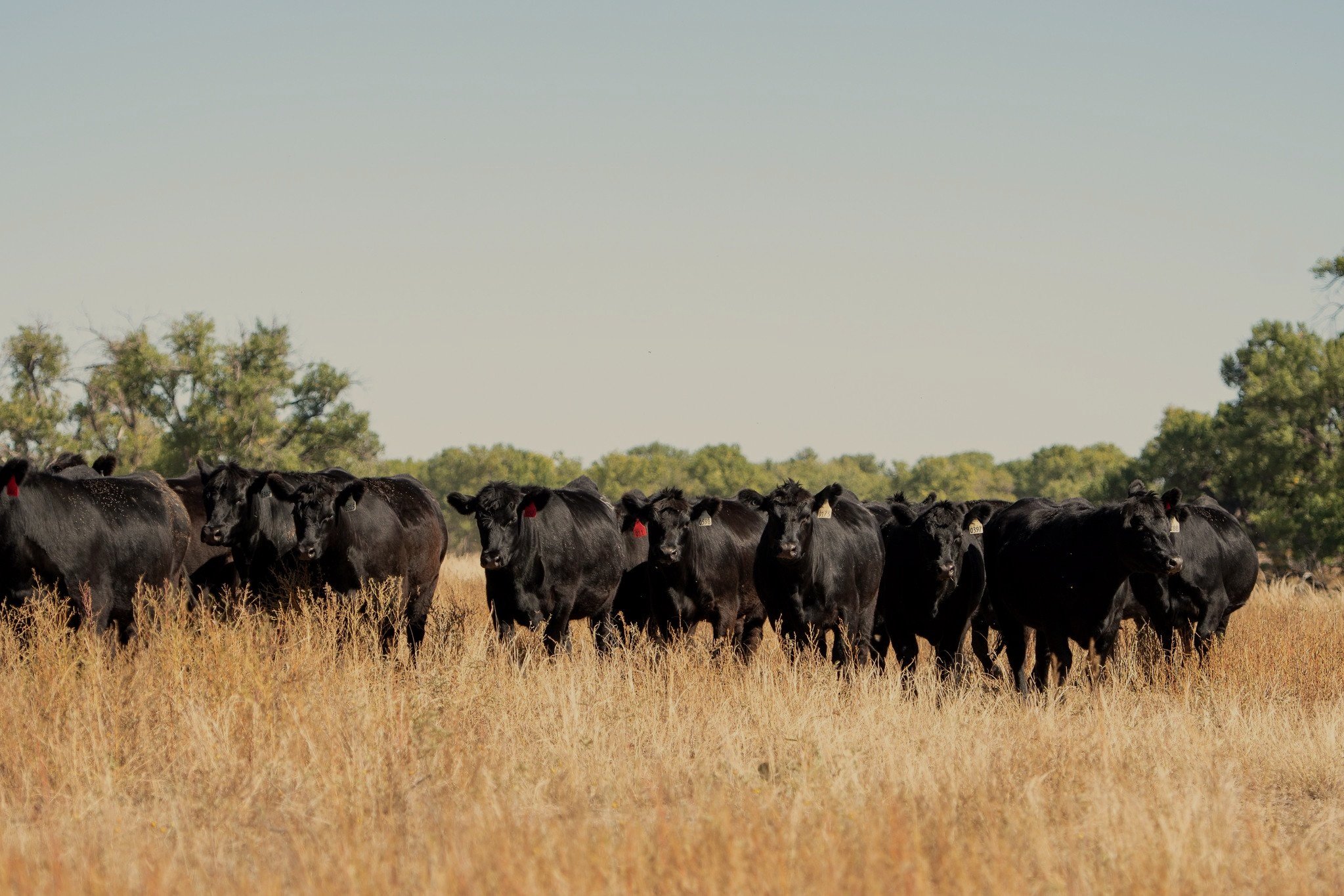Bagley Risk Management Solutions: Your Shield Versus Unpredictability
Bagley Risk Management Solutions: Your Shield Versus Unpredictability
Blog Article
Understanding Animals Danger Security (LRP) Insurance Coverage: A Comprehensive Overview
Browsing the world of livestock danger security (LRP) insurance policy can be a complex endeavor for lots of in the agricultural market. This sort of insurance coverage offers a safety and security net against market fluctuations and unpredicted conditions that can influence livestock manufacturers. By recognizing the ins and outs of LRP insurance coverage, manufacturers can make educated choices that may protect their procedures from economic risks. From just how LRP insurance works to the numerous coverage alternatives offered, there is much to uncover in this comprehensive overview that can potentially form the way livestock producers come close to risk management in their organizations.

How LRP Insurance Coverage Works
Periodically, comprehending the mechanics of Animals Threat Protection (LRP) insurance policy can be complex, but breaking down just how it works can provide clearness for farmers and herdsmans. LRP insurance is a danger monitoring tool created to safeguard livestock manufacturers against unanticipated price decreases. The policy permits producers to establish an insurance coverage degree based upon their certain requirements, selecting the variety of head, weight range, and protection cost. As soon as the plan is in area, if market costs drop listed below the coverage rate, manufacturers can file a case for the difference. It is very important to keep in mind that LRP insurance coverage is not an income warranty; instead, it concentrates solely on cost threat security. The insurance coverage period generally varies from 13 to 52 weeks, supplying versatility for producers to choose a period that lines up with their production cycle. By using LRP insurance, farmers and herdsmans can minimize the financial dangers connected with changing market rates, guaranteeing higher security in their procedures.
Qualification and Protection Options

When it comes to protection choices, LRP insurance coverage provides producers the adaptability to pick the coverage level, protection duration, and endorsements that ideal match their danger management requirements. By understanding the qualification standards and protection alternatives available, animals manufacturers can make educated choices to take care of risk properly.
Pros and Cons of LRP Insurance
When evaluating Livestock Threat Security (LRP) insurance coverage, it is essential for animals producers to consider the disadvantages and advantages fundamental in this threat management device.

One of the primary advantages of LRP insurance is its ability to supply security against a decrease in livestock rates. This can help secure producers from economic losses resulting from market changes. In addition, LRP insurance coverage supplies a degree of versatility, permitting producers to customize insurance coverage degrees and policy periods to suit their certain needs. By securing an ensured cost for their livestock, manufacturers can much better handle risk and strategy for the future.
One restriction of LRP insurance policy is that it does not shield against all types of dangers, such as disease break outs or all-natural disasters. It is vital for producers to very carefully examine their specific risk exposure and economic scenario to figure out if LRP insurance coverage is the right danger administration tool for their procedure.
Understanding LRP Insurance Policy Premiums

Tips for Maximizing LRP Advantages
Maximizing the benefits of Livestock Risk Security (LRP) insurance coverage requires critical preparation and aggressive threat management - Bagley Risk Management. To maximize your LRP protection, consider the complying with ideas:
On A Regular Basis Analyze Market Problems: Remain notified regarding market fads and rate changes in the animals sector. By monitoring these factors, you can make informed decisions about when to purchase LRP coverage to protect versus potential losses.
Set Realistic Insurance Coverage Degrees: When picking coverage degrees, consider your production costs, market price of animals, and possible threats - Bagley Risk Management. Establishing reasonable insurance coverage levels ensures that you are sufficiently shielded without paying too much for unneeded insurance coverage
Diversify Your Coverage: As opposed to relying solely on LRP insurance, think about expanding your risk administration approaches. Incorporating LRP with other danger management devices such as futures contracts or options can give comprehensive protection versus market uncertainties.
Evaluation and Readjust Protection Consistently: As market conditions transform, regularly review your LRP insurance coverage to ensure it lines up with your present threat direct exposure. Adjusting protection levels and timing of acquisitions can help optimize your risk protection approach. By adhering to these pointers, you can make best use of the Our site benefits of LRP insurance coverage and navigate to this site guard your livestock operation versus unexpected threats.
Final Thought
In verdict, livestock danger protection (LRP) insurance policy is a valuable device for farmers to handle the economic risks linked with their animals operations. By comprehending exactly how LRP works, eligibility and protection choices, in addition to the advantages and disadvantages of this insurance policy, farmers can make enlightened choices to protect their resources. By thoroughly taking into consideration LRP costs and implementing techniques to optimize advantages, farmers can mitigate prospective losses and ensure the sustainability of their operations.
Livestock manufacturers interested in obtaining Livestock Threat Defense (LRP) insurance coverage can discover an array of qualification requirements and insurance coverage choices customized to their specific animals operations.When it comes to insurance coverage options, LRP insurance coverage supplies manufacturers the adaptability to select the insurance coverage level, protection period, and endorsements that best match their risk management requirements.To realize the details of Animals Threat Defense (LRP) insurance totally, understanding the variables affecting LRP insurance coverage costs is important. LRP insurance costs are identified by different components, consisting of the insurance coverage degree picked, the expected price of livestock at the end of the coverage duration, the type of livestock being guaranteed, and the size of the coverage period.Evaluation and Adjust Coverage On a regular basis: As market problems change, occasionally examine your LRP coverage to ensure it lines up with your current threat direct exposure.
Report this page